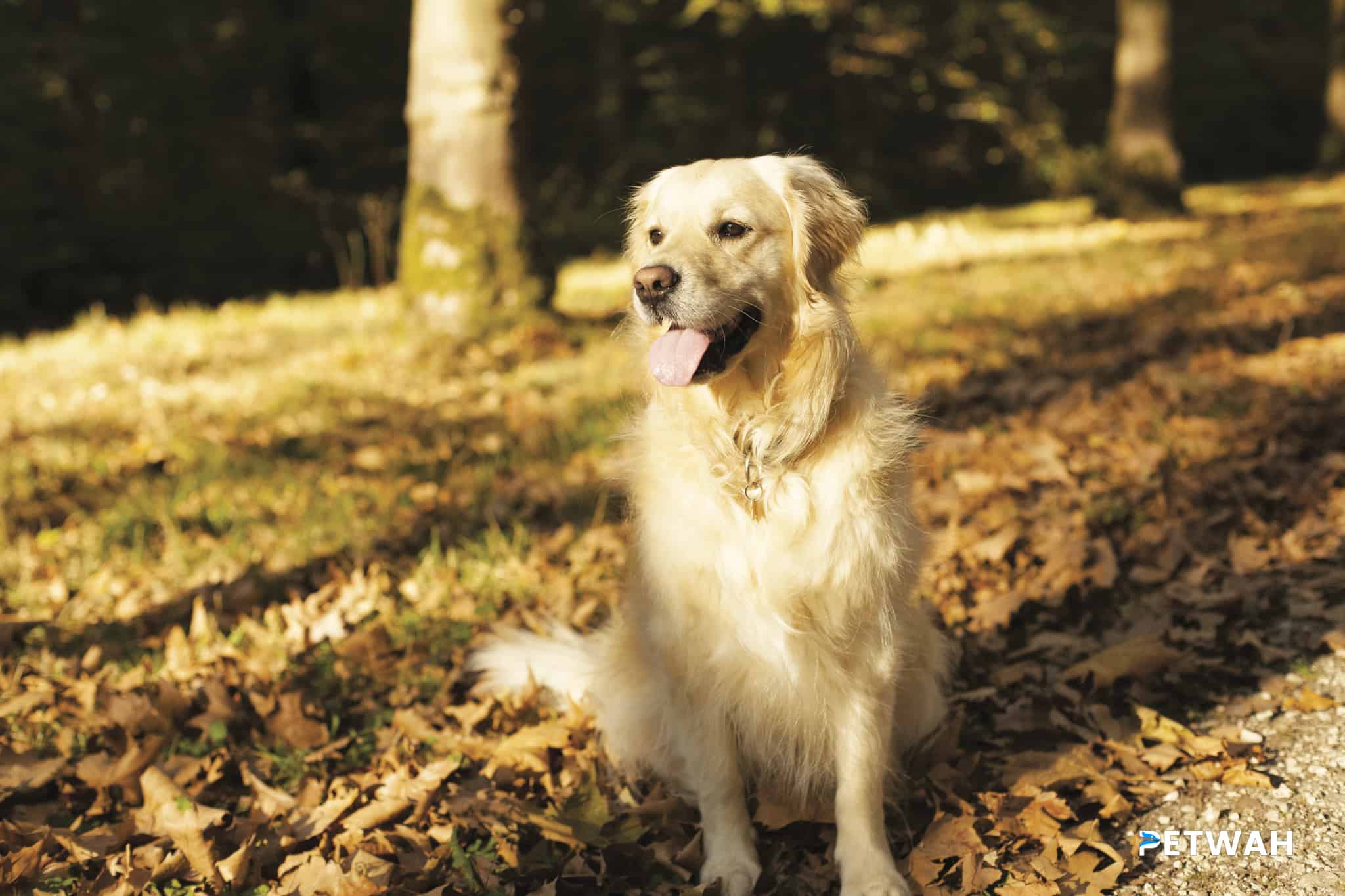Border Collies are some of the most intelligent and active dog breeds out there. They are known for their boundless energy and athleticism, making them perfect for active families and working environments. However, like all dog breeds, Border Collies are not exempt from health issues, one of which is hip dysplasia. Hip dysplasia is a common orthopedic condition that affects many dog breeds, including Border Collies. This condition can cause pain, discomfort, and mobility issues in dogs, and it’s important for Border Collie owners to understand the risks and prevention measures associated with this condition to ensure their dogs live healthy and happy lives. In this blog post, we will dive into the topic of Border Collies and hip dysplasia, exploring the causes, symptoms, and treatment options, as well as preventative measures you can take to keep your furry friend healthy and active.
Border Collies are one of the most popular dog breeds in the world, known for their intelligence, athleticism, and herding abilities. However, like all breeds, Border Collies are prone to certain health issues, one of which is hip dysplasia. In this blog post, we will discuss what hip dysplasia is, the risk factors for Border Collies, how to prevent it, and treatment options if your Border Collie develops the condition.
What is Hip Dysplasia?
Hip dysplasia is a genetic condition that affects the hip joint, causing it to develop abnormally. This can lead to arthritis, pain, and mobility issues. The condition is caused by a combination of genetic and environmental factors, and can affect dogs of any breed or size. However, some breeds are more prone to hip dysplasia than others, and Border Collies are one of them.
Risk Factors for Border Collies:
While hip dysplasia is a genetic condition, there are certain risk factors that can increase the likelihood of a Border Collie developing the condition. These include:
1. Genetics: As mentioned, hip dysplasia is a genetic condition, and Border Collies with a family history of the condition are more likely to develop it themselves.
2. Age: Hip dysplasia is more common in older dogs, as the hip joint deteriorates over time.
3. Activity level: Border Collies are highly active dogs, and over-exercising or engaging in high-impact activities like jumping or agility training can increase the risk of hip dysplasia.
4. Obesity: Being overweight puts extra strain on the hip joint, increasing the risk of dysplasia.
Prevention Measures:
.jpg)
While hip dysplasia cannot be completely prevented, there are steps you can take to reduce the likelihood of your Border Collie developing the condition. These include:
1. Responsible breeding: If you are considering getting a Border Collie puppy, it is important to choose a reputable breeder who screens their dogs for hip dysplasia and only breeds healthy animals.
2. Proper nutrition: Feeding your Border Collie a balanced, healthy diet can help maintain a healthy weight and reduce the risk of dysplasia.
3. Low-impact exercise: While Border Collies need plenty of exercise, it is important to avoid high-impact activities that can put strain on the hip joint. Swimming and walking are good low-impact options.
4. Joint supplements: Supplements like glucosamine and chondroitin can help support joint health and reduce the risk of hip dysplasia.
Treatment Options:
If your Border Collie does develop hip dysplasia, there are several treatment options available. These include:
1. Medication: Pain medication can help manage the symptoms of hip dysplasia.
2. Weight management: Maintaining a healthy weight can help reduce the strain on the hip joint and improve mobility.
3. Surgery: In severe cases of hip dysplasia, surgery may be necessary to repair or replace the hip joint.
Hip dysplasia is a common condition in Border Collies, but there are steps you can take to reduce the risk of your dog developing it. By choosing a reputable breeder, feeding your dog a healthy diet, engaging in low-impact exercise, and providing joint supplements, you can help keep your Border Collie healthy and active. If your dog does develop hip dysplasia, there are treatment options available to manage the condition and improve their quality of life.
In conclusion, while Border Collies are generally healthy and active dogs, they are still prone to hip dysplasia, a debilitating condition that can severely affect their quality of life. However, with proper care, regular exercise, and early detection, you can help prevent or manage this condition in your beloved pet. Always remember to consult with your veterinarian if you notice any signs of hip dysplasia in your Border Collie, and follow the prevention measures outlined in this post to ensure their health and happiness for years to come. By being proactive and informed, you can help your Border Collie live their best life possible.


.jpg)
.jpg)
.jpg)
.jpg)
.jpg)

